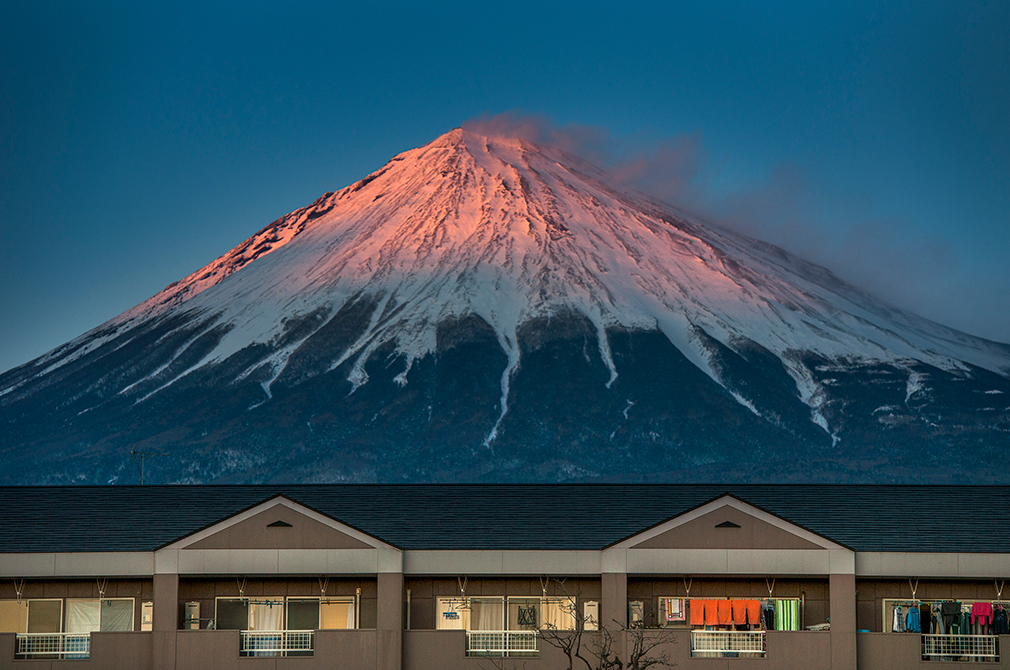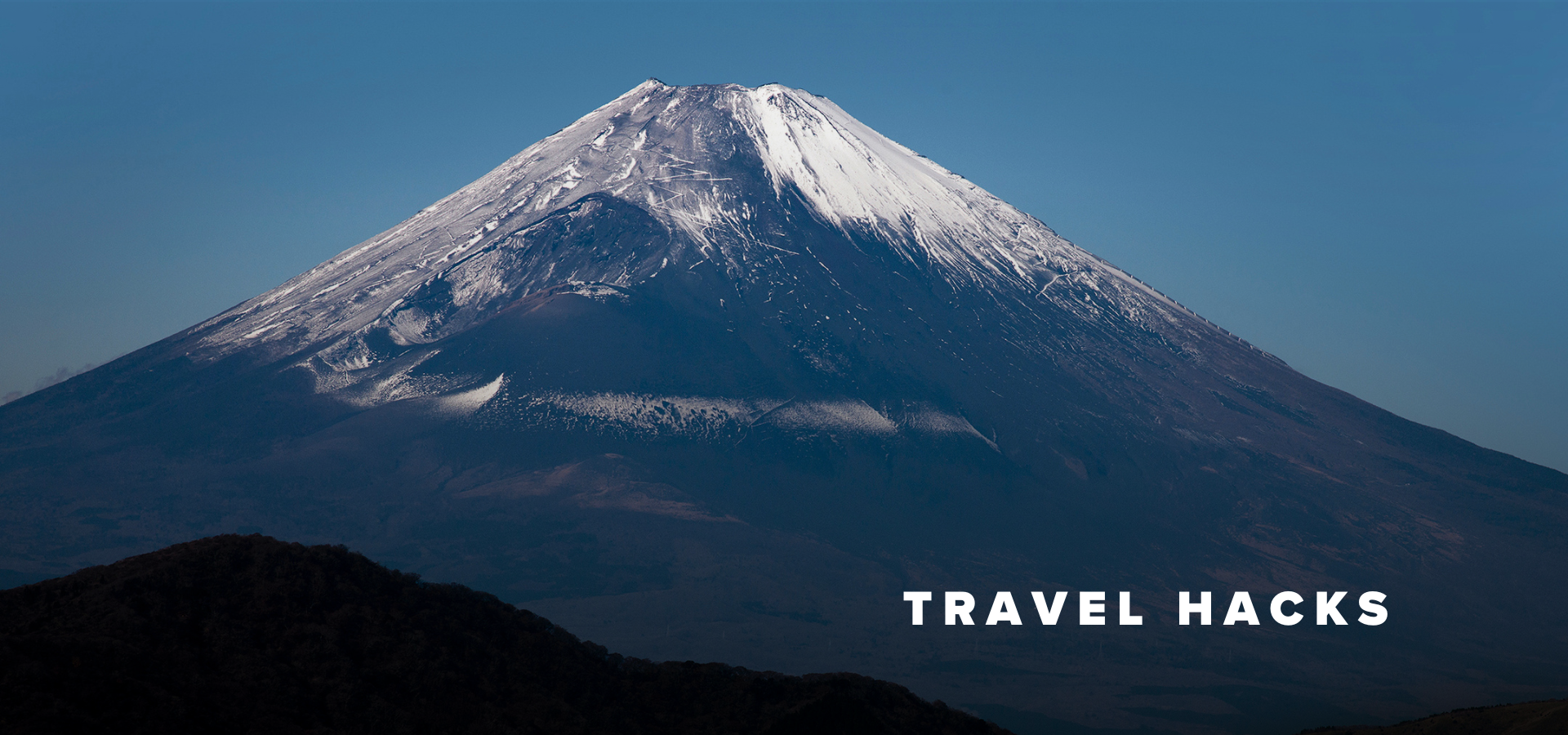At 12,389 feet Mt. Fuji is far from the tallest mountain on earth, but few can compete with its natural beauty. Appreciating its stunning symmetrical cone from a distance is nothing new as evidenced by the ukiyo-e (pictures of the floating world) woodblock prints of Hokusai and Hiroshige. These days the Tokyo Skytree offers spectacular views from its viewing platforms on a clear day. Since Fuji-san is just over 60 miles southwest of Japan’s capital, viewing areas nearer to the venerable mountain are accessible on a day trip via both private and public transportation.
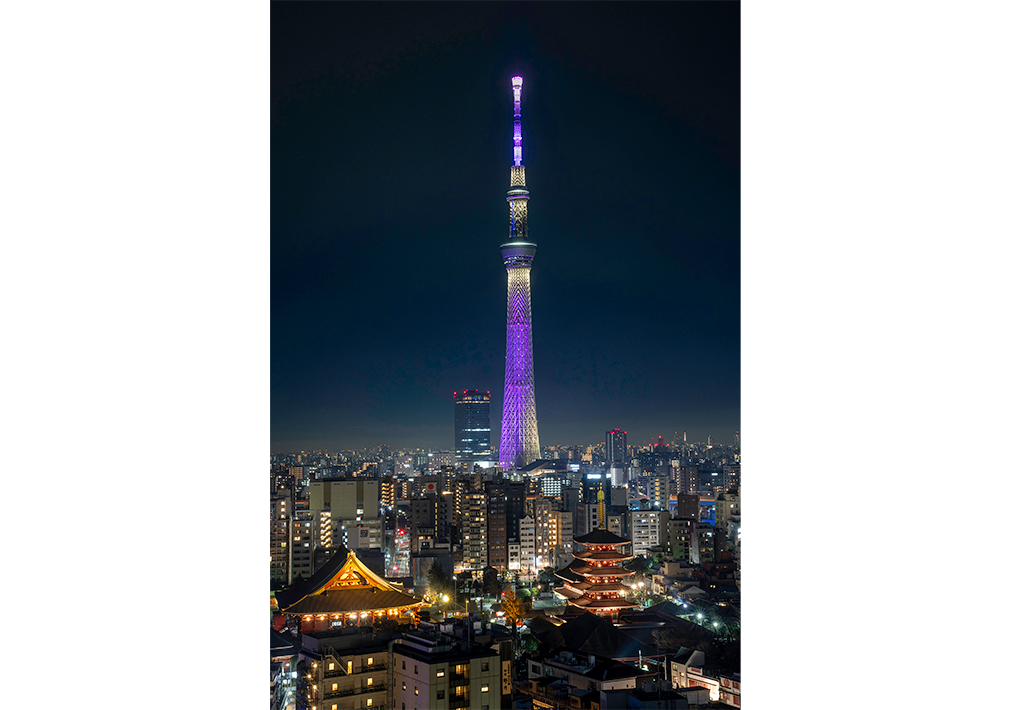
For those with the time and the yen, a number of ryokans (Japanese style inns) and hotels are available for extended stays in the area with the Hakone being the most popular. The region is home to The Fujiya Hotel the first accommodation specifically geared for Western visitors to the island nation. While accommodations in the area are world-class experiences, relatively few have direct views of Fuji so a viewing plan of action should be worked into the schedule. Getting up for a sunrise that illuminates Fuji’s eastern summit is ideal for serious photographers and smart-phoners alike with plenty of time left to make it back in time for breakfast, and Japanese ryokan and hotel meals are not to be missed.
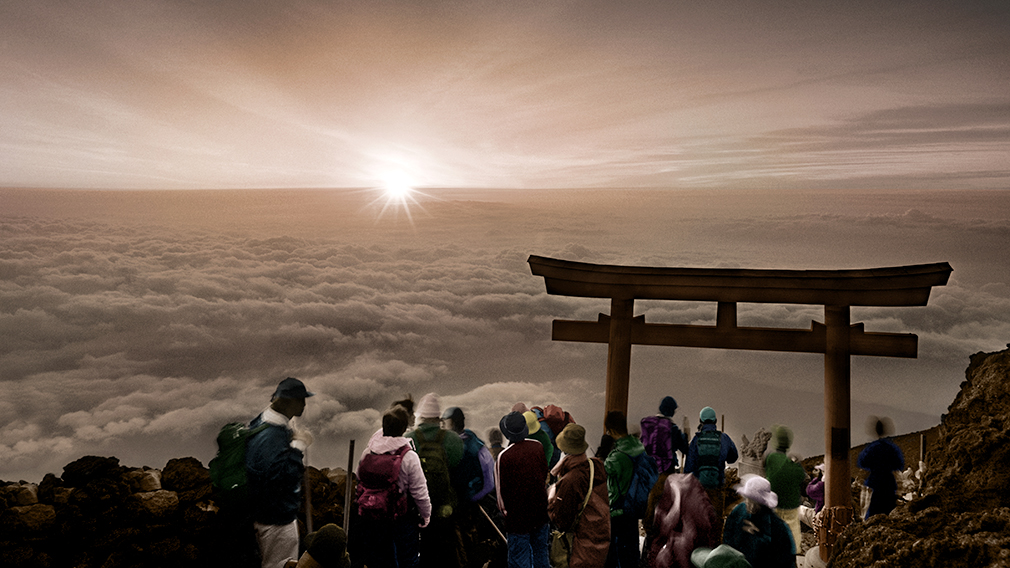
For those who want to hike to the summit, not conquer, an extremely disrespectful term to the Japanese when interfacing with nature, the official climbing season is from the beginning of July to early September when all the mountain huts and services are open. Hiking at night will bring you to the summit in time for “asahi” (morning light, AKA sunrise). The inhabitants of the land of the rising sun have a unique word for witnessing such an auspicious occasion from a mountain: “goraiko” (the coming of light).

Of the 300,000 who attempt the summit most start their ascent at the 5th station at 7562 feet. The Keio Dentetsu bus from Shinjuku is a popular option during the summer months to this starting point. Of the four routes up Fuji the Yoshida Trail is considered the easiest with the average ascent taking six hours and three hours, excluding a recommended rest at one of the mountain huts, for the descent.
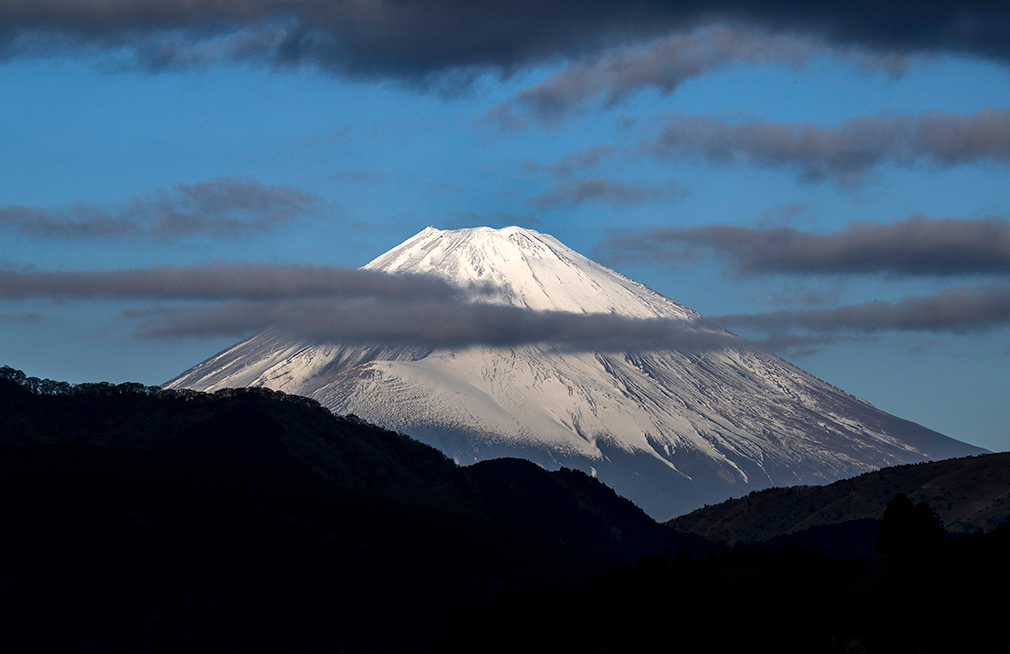
Other options are the Subashiri, Gotemba and Fujinomiya trails. Regardless of the chosen path, the hike/climb should not be underestimated. Weather conditions, even during the summer climbing season, can quickly change. Hiking shoes, thermal underwear, wool socks, quick-wicking clothes, a rainproof hooded jacket and pants, gloves, a headlamp, water bottle, snacks, hiking sticks (a wooden one can be bought at the 5th Station and kept as a souvenir) should be on the checklist. I suit up in The North Face gear but many brands offer suitable attire.
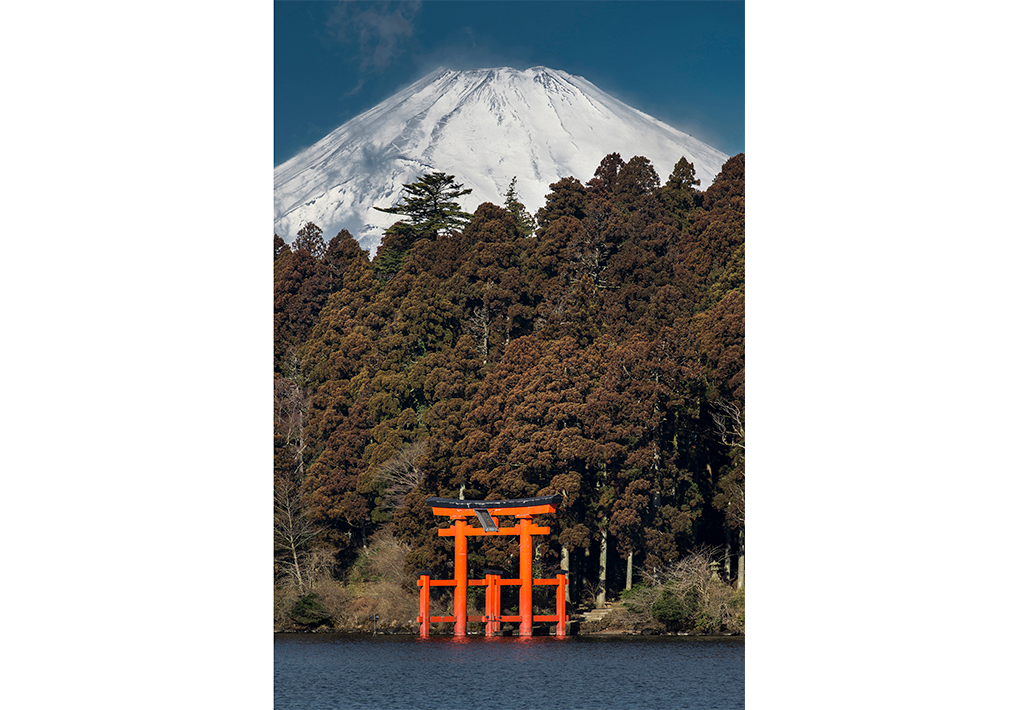
Travel companies such as JTB offer guided tour options. Some have their clients spend part of the night at one of the stations up on Fuji for a rest before attempting the summit in time for sunrise. They then descend in the morning for a well-deserved soak in a nearby hot spring before heading back to Tokyo.
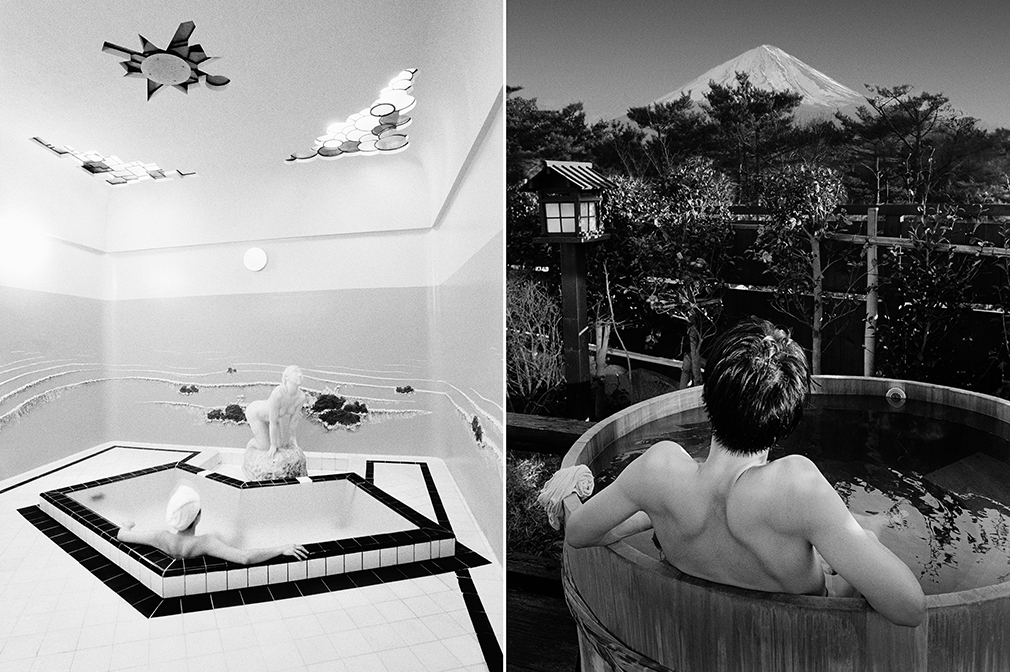
While Mt. Fuji, a stratovolcano, has slept for the last three centuries it is far from extinct, something to keep in mind if plans to attempt the summit keep being pushed back into the “someday” folder. And after experiencing the magic of time spent on this symbolic mountain, some might find it hard to abide to the Japanese proverb: “A wise man will climb Fuji once, only a fool climbs it twice,” myself included.
